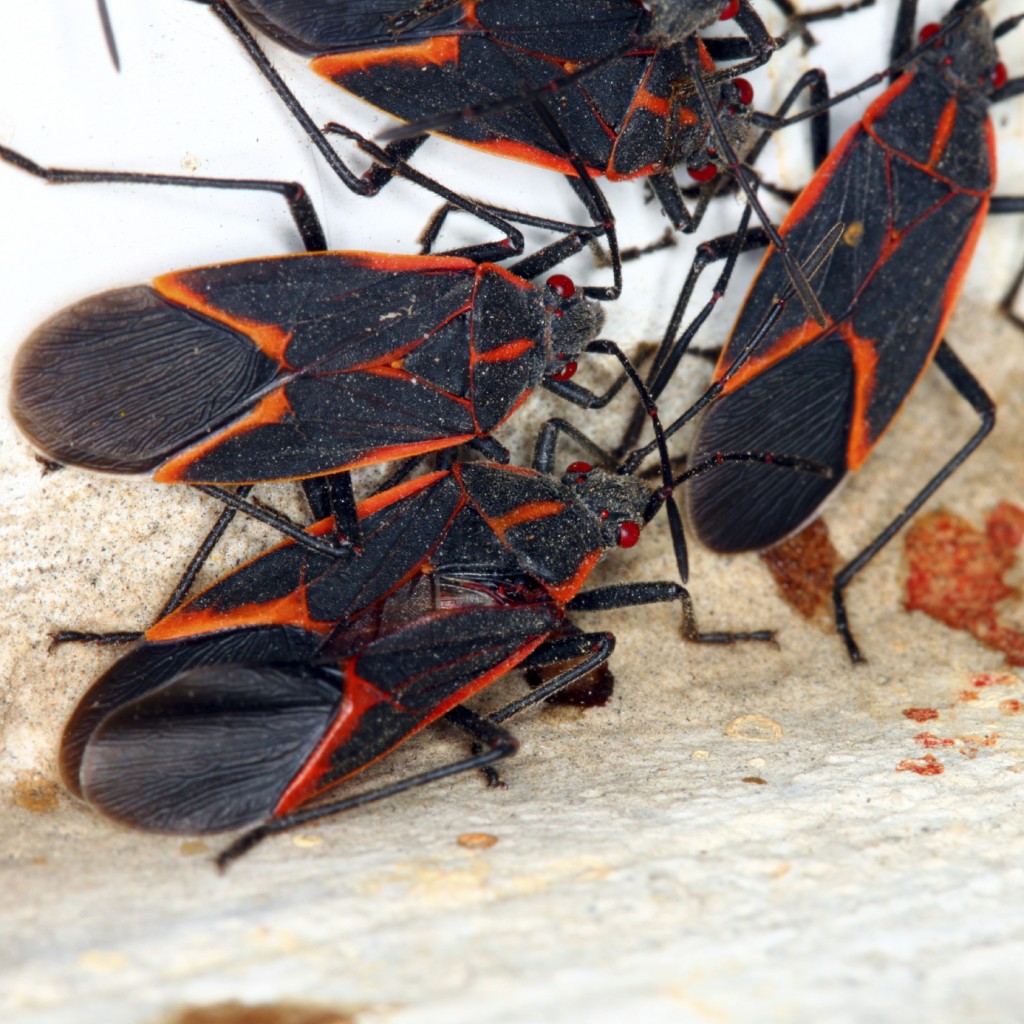- Open for Recreation: Year-round
- Fee: Free
- Contact Information:
- DEC Region 6 Watertown Office (M-F, 8:00AM - 4:45PM), (315) 785-2263; information.R6@dec.ny.gov
- Enforcement Matters: (518) 408-5850 (24/7)
- Location: Town of Montague, Lewis County
- Wildlife Management Unit: 6N
- Map:Tug Hill Wildlife Management Area Map (PDF) || Google Earth || DECinfo Locator
- Occasional Wildlife Meaning
- Occasional Wildlife Sanctuary
- Occasional Wildlife Jobs
- Occasional Wildlife Images
- Occasional Wildlife Photography
Pond and beaver lodge at
Tug Hill WMA.
The primary purposes of Tug Hill Wildlife Management Area (WMA) are for wildlife management, wildlife habitat management, and wildlife-dependent recreation. This WMA is a forested tract of land consisting of 5,100 acres. This area's habitat consists of hardwood uplands, hardwood/coniferous (spruce-fir) wetlands, and a 65-acre impoundment. Love babies images.
Wildlife to Watch: Hiwassee Refuge has the largest winter flock of Sandhill Cranes in the southeast United States outside of Florida. From the Observation Platform, visitors can view Sandhill Cranes and an occasional endangered Whooping Crane from November through February. Peak numbers of cranes occur in January. Read More Published In: Identification, Occasional Invaders, Wildlife The Relationship Between Aphids, Ants, and Natural Enemies Have you walked by a garden or flowerbed recently and wondered why some plants have a sheen on them when it hasn’t rained recently? While occasional invaders can’t survive indoors for long periods of time, they can still cause considerable customer woes. A three-step approach to prevention is key: Survey the structure for possible entry routes, and seal them with appropriate materials.
There are no designated trails, but hiking is allowed throughout the property.
Featured Activities
Hunting and Trapping
Wildlife Management Unit: 6N
General information on hunting and general information on trapping include how-to and safety tips with links to seasons, rules, and regulations.
This WMA provides excellent recreational opportunities. Please be sure to abide by all game laws (view hunting seasons and trapping seasons).
Fishing
General information on fishing includes how-to and safety tips and links to seasons, rules, and regulations.
Some of the small streams draining the area, such as Edick Creek, have been known to provide good trout fishing.
Wildlife
General information on animals includes links to information about birds, mammals, fish, reptiles, amphibians, and insects that inhabit or migrate through the state.
Beaver have colonized many of the streams of the area creating aquatic habitat for many wildlife species including waterfowl and the occasional river otter. Use the Wildlife Management Area Mammal Checklist (PDF) and the Wildlife Management Area Bird Checklist (PDF) as wildlife viewing guides.
Directions
Tug Hill WMA is located in the western portion of Lewis County on the Tug Hill Plateau; seven miles south of State Route #177 (Bellwood), 23 miles southeast of Watertown, or 11 miles southwest of Lowville.
All Google links leave DEC website.
- Parker Road, large grass pull off area (43.7313004°N, 75.6699982°W) - Get Google Map Driving Directions
- Running George Truck Trail, grass pull off (43.7206001°N, 75.6643982°W) - Get Google Map Driving Directions
- Running George Truck Trail, grass pull off (43.7080002°N, 75.6554031°W) - Get Google Map Driving Directions
All coordinates provided are in decimal degrees using NAD83/WGS84 datum.
Rules, Regulations and Outdoor Safety
Practice Leave No Trace Principles (leaves DEC website) when recreating on state land to enjoy the outdoors responsibly; minimize impact on the natural resources and avoid conflicts with other users.
All users of Tug Hill Wildlife Management Area must follow all State Land Use Regulations and should follow all Outdoor Safety Practices for the safety of the user and protection of the resource.
Activity Rules & Regulations
- Public Use of Wildlife Management Areas Regulations (leaves DEC website)
The following activities are not permitted in Tug Hill WMA:
- Using motorized vehicles, including:
- all-terrain vehicles
- snowmobiles
- motorboats
- Landing of boats or hunting on the barrier beach
- Swimming or bathing
- Picnicking
- Camping
- Using metal detectors, searching for or removing historic or cultural artifacts without a permit
- Damaging or removing gates, fences, signs, or other property
- Overnight storage of boats
- Cutting, removing, or damaging living vegetation
- Construction of permanent blinds or other structures such as tree stands
- Littering
- Storage of personal property
Outdoor Safety Tips
NOTE: Ticks are active whenever temperatures are above freezing, but especially so in the late spring and early fall. Deer ticks can transmit Lyme and several other diseases. More information on deer ticks and Lyme disease can be obtained from the NYS Department of Health (leaves DEC website).
How We Manage Tug Hill Wildlife Management Area
Like most of the state's Wildlife Management Areas, Tug Hill WMA is managed by DEC's Division of Fish and Wildlife for wildlife conservation and wildlife-associated recreation (hunting, trapping, wildlife viewing, and photography). Funding to maintain and manage this site is provided by the Federal Aid in Wildlife Restoration or 'Pittman-Robertson' Act, which is acquired through excise taxes on sporting arms, ammunition, and archery equipment.
The WMA is an important headwaters area of several watersheds on the Tug Hill Plateau. Protection of these water resources is of the upmost importance when conducting habitat management activities on the WMA. Northern hardwood forest stands occupy approximately 3,200 acres of the WMA and are actively being managed through commercial forest product sales. Managing and maintaining these hardwood stands in various stages of forest succession benefits a wide variety of both game and non-game wildlife species.
View the Habitat Management Plan for Tug Hill Wildlife Management Area (PDF), approved in May 2016, which identifies the WMA-specific target species and habitat goals for the WMA.
Nearby State Lands, Facilities, Amenities & Other Information
Occasional Wildlife Meaning
Web links below can provide information about other recreation, attractions, and amenities in this area.
- Lewis County Tourism (leaves DEC website)
State Lands and Facilities
- Whetstone Gulf State Park (leaves DEC website)
Numerous guide books and maps are available with information on the lands, waters, trails, and other recreational facilities in this area. These can be purchased at most outdoor equipment retailers, bookstores, and on-line booksellers.
Additional information, outdoor equipment, trip suggestions, and guided or self-guided tours may be obtained from outdoor guide and outfitting businesses. Check area chambers of commerce, telephone directories, or search the internet for listings.
Consider hiring an outdoor guide if you have little experience or woodland skills. See the NYS Outdoor Guides Association (leaves DEC website) for information on outdoor guides.

What is an occasional invader?
Occasional invaders are pests that find their way into your home once in a while. They are typically looking for food, warmth, or simply passing through. Popular hang outs for occasional invaders are under sinks, cupboards, crawl spaces, basements, showers, and tubs. Traditionally they are not disease-spreading pests and will not cause any kind of structural damage to your property.
Pests that fall into the occasional invader category include:
- centipedes
- earwigs
- pill bugs
- crickets
- beetles
- silverfish
- ladybugs
- spiders
- cluster flies
House Centipedes can commonly be found in shower drains.

What is an occasional invader?
Occasional invaders are pests that find their way into your home once in a while. They are typically looking for food, warmth, or simply passing through. Popular hang outs for occasional invaders are under sinks, cupboards, crawl spaces, basements, showers, and tubs. Traditionally they are not disease-spreading pests and will not cause any kind of structural damage to your property.
Pests that fall into the occasional invader category include:
- centipedes
- earwigs
- pill bugs
- crickets
- beetles
- silverfish
- ladybugs
- spiders
- cluster flies
House Centipedes can commonly be found in shower drains.
Earwigs are typically found in areas with moisture.
Pill Bugs are also known as Roly Polies, Doodle Bugs
The Silverfish diet consists of carbohydrates such as sugar or starches.
Why do I have them?
As with most pests, occasional invaders find their way into your home through an opening or crack in search of food, water, and shelter.
Are they dangerous?
Most pests that fall into the occasional invader category are not dangerous and do not pose a threat. Some of them are even beneficial as they feed on other pests. Once inside they do not reproduce or feed, but can definitely become a nuisance.
How do you get rid of occasional invaders?
Occasional Wildlife Sanctuary
The best strategy for dealing with occasional invaders is preventing them from entering your home in the first place. Once they have taken up residence in your home, you can try to get rid of these nuisance pests simply by vacuuming them up. If you suspect there are too many, or if it's simply too creepy to try to get rid of them on your own, Contact Rose Pest Solutions for a FREE inspection. We can help identify the source of the problem, remove the pests, and offer some tips on how to prevent them from coming back. If you do decide to tackle the infestation on your own, make sure you remove the vacuum bag when finished, seal it in a plastic bag and dispose of it in a garbage can outside.
How soon can you get here?
Contact your nearest Rose Pest Solutions service center immediately for an appointment.
In many cases, we can respond within 24-48 hours.
Occasional Wildlife Jobs
Is the treatment safe?
At Rose Pest Solutions, we follow very strict guidelines for the use of pest control products so that they pose no hazard to people, pets or plants. Every product we use has been checked and registered by the EPA and our highly trained service technicians will inform you of any safety measures that need to be taken.
Occasional Wildlife Images
How can I prevent occasional invaders from getting into my house?
There are many steps homeowners can take to prevent occasional invaders from getting into homes:
Occasional Wildlife Photography
- Keep all kitchen areas clean and store foods in resealable containers.
- Keep garbage areas clean.
- Seal cracks, crevices, and other gaps around doors and windows.
- Fix any water leaks and dry areas with excessive moisture.
- Keep areas under sinks, basements, attics, and crawl spaces well ventilated and dry. Mold and mildew are symptoms of excess moisture problems.
- Inspect packages, grocery bags, and potted plants before bringing into the house.
